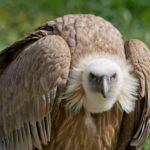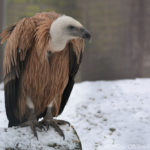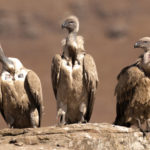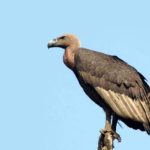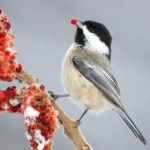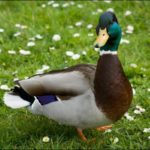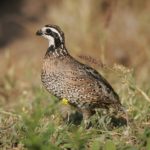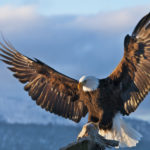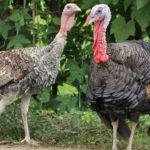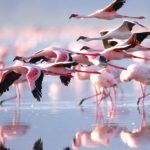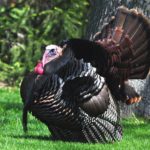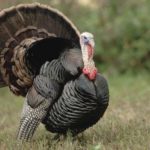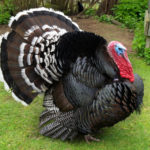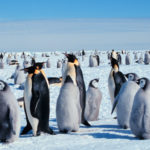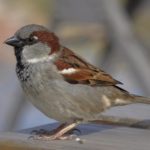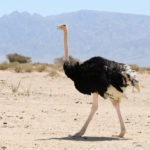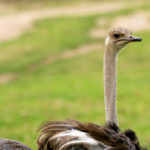Facts about vultures
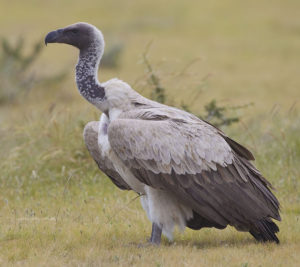 In Turkey, the habit of vultures to urinate on their feet is noted. Scientists suspect that this behavior is part of hygiene measures that provide protection from disease. The acid present in the urine can act as an antiseptic, sterilizing the feet of birds, actively in contact with rotting flesh during feeding.
In Turkey, the habit of vultures to urinate on their feet is noted. Scientists suspect that this behavior is part of hygiene measures that provide protection from disease. The acid present in the urine can act as an antiseptic, sterilizing the feet of birds, actively in contact with rotting flesh during feeding.
Vultures in South Africa are expanding their range along power lines, overcoming distances of thousands of kilometers. Power line supports are used by birds as places for rest and nesting.
Nevertheless, electricity can be dangerous for birds. In addition, the transmission lines pass through the habitable regions, near the breeding grounds for livestock, which makes birds more vulnerable to poisoning.
The usual food of vultures is the remains of dead animals. But not all vultures adhere to a strict meat diet. Palm palm with pleasure diversifies its menu with palm nuts, figs, fish, and sometimes birds. In carcasses he prefers to search for larvae and insects
Griffin bearded (Gypaetus barbatus) – the only representative of the animal world, whose diet consists of 70-90% of the bones. Their stomachs can cope with food unavailable to other species.
Griffins are known for an incredibly high level of acidity of the stomach. Their gastric juice is able to destroy bacteria, among which are fatal for many other types of pathogens of cholera and anthrax.
The vulture organism also produces antibodies that help fight botulinum toxins. Even if the disease killed their prey, vultures can use it for food without negative consequences.
The black neck is one of the largest birds of prey in the world. Body length – from 75 to 115 cm, wingspan – up to 2.8 m, weight – 10-12 kg. The vulture produces a sound like a silent hissing hiss. In some ancient religions, the vulture was considered a sacred bird. Tuvans, Tibetans and Indians “entrusted” their dead to the care of vultures. The main deities of Babylon, Assyria, Ancient Egypt were depicted with the head of the neck. The image of the neck is found in the breast decoration of the pharaoh Tutankhamun.
